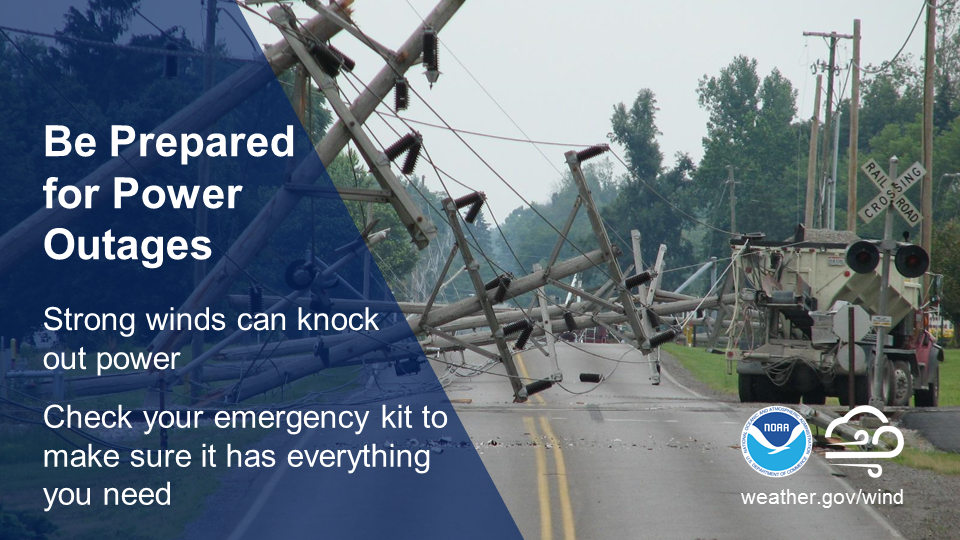Demand for Backup Systems will Continue to Increase in Response to Extreme Weather
Once a niche topic, I find myself increasingly fielding questions from Americans of all walks of life on the best ways to add backup electric power to their homes to be prepared for extended outages. Fortunately for everyone, new technologies are making it easier than ever for people to keep the lights running during all kinds of outage events.
The mainstreaming of the subject isn’t too surprising given current trends. Extreme weather events are happening more often across the U.S. and are wreaking havoc on our already strained electrical grid.
Researchers with the non-profit Climate Central recently observed power outages between 2001 and 2022 had increased by 64% in the last ten years of the study period versus the first ten. And of those outages, 83% were caused by weather-related events.

These outages can range from extremely inconvenient, especially if you conduct business at home, to life-threatening – impacting everything from critical emergency communications, climate control systems, and essential medical devices.
To prevent this, generators running on gas or propane and connected to a home’s electric system were traditionally recommended. However, there are a number of disadvantages to operating gas-powered generators, including the dangers of carbon monoxide poisoning.
Today, some of the biggest developments in the power backup space are coming from increasingly affordable, high-capacity lithium batteries. Several manufacturers are now offering scalable battery solutions that connect directly to the home and can power an entire household, including HVAC systems, for days or even weeks.
These newer solutions can operate entirely indoors, emit no exhaust and little noise. Unlike generators, there’s also no maintenance involved and many battery solutions can tie into existing solar panel setups for increased backup time and energy savings.
If a home has a “time-of-use” utility plan, a battery backup system can also save on energy bills by using stored energy during peak usage hours and grid power during off-peak hours, when rates are lower.
To determine which backup solution is right for you, you’ll want to assess what things you want to keep running during an outage, how much power these devices draw and how long you want them to keep running.
Other considerations include available space, whether the backup system needs to be indoors or outdoors, whether you want it to integrate with solar panels and if you want something that can be easily expanded over time.
Some people may have no interest in backing up power to their entire home and may only need a few devices, appliances or lights to remain on during an outage. There are a number of portable power stations, essentially big batteries, now on the market that these devices can plug into directly and remain running for hours or days.
Given that few parts of the country will be spared the risks of more extreme weather events and their associated power outages, it’s worth taking time to assess an overall power backup plan as part of other common sense preparedness measures like stocking emergency kits. You may be surprised at how far technology has come and is able to provide the perfect solution for your household.